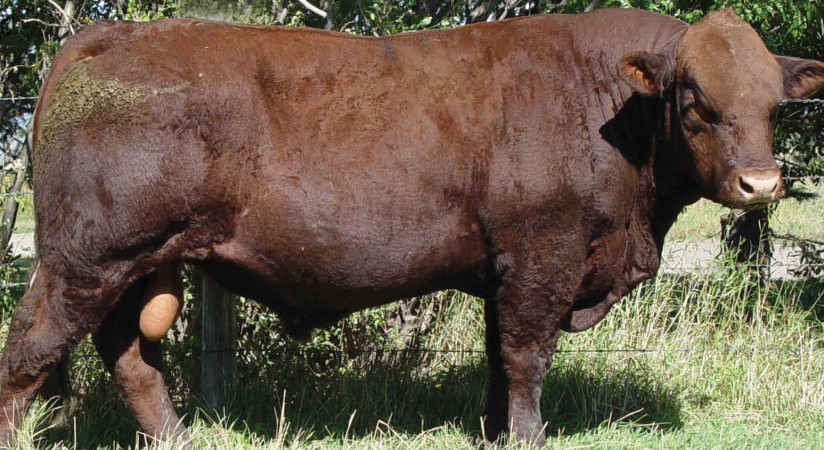

Dairy and beef cattle production is certainly a daunting undertaking, especially for beginners, perhaps the reason many people opt for dairy farming, which they consider easy as they can readily learn from other farmers.
But just as in dairy, beef cattle production requires good knowledge and expertise. The animal breeding technology is mainly using the traditional method but agricultural scientists specialised in livestock breeding are now sensitising farmers to use the improved methods and embracing best practices for increased productivity. One such initiative is by experts from the National Animal Genetic Resources and Data Bank Aswa Ranch in Pader District who are breeding both local and exotic breeds. They are able to breed local species which are dual purpose for milk and beef prodauction namely Ankole long horned cattle, the East African short horned Zebu and Nganda. Below are some of the breeds that can be crossbred.
Friesians
It is the biggest dairy breed characterised to be producing the highest amount of milk with the lowest butter content. It is the most delicate with black and white patch in the face and a white end at the tail.
Jersey
It is the smallest dairy breed, brown in colour or with stripes of black. It gives the least amount of milk among the dairy cows containing the highest butter content
Ganze
It is brown in colour with white patches. It is a big animal like a Friesian but eats less.
Beef breed
Boran
It is grey in colour and very hostile. They grow very fast and can weigh up to 300 kilogrammes at the age of 18 months.
Cross breeding of local species with exotic ones helps improve the health status since the local breeds have the capacity to resist diseases more than the exotic ones. Once the animals are crossbred, the commercial value will go high. Its growth period will shorten to 2- 3 years ready for mounting. For a cow, the lactation rate will be high and it is advisable for farmers to milk the cow three times a d
Exotic breeds grow faster and in 15 months they go on heat ready for mounting. Usually the Boran breed will weigh 860 kilogrammes in growth period of four years and a farmer will be able to sell it at Shs5m.
 Contact Jaguza Support
Contact Jaguza Support